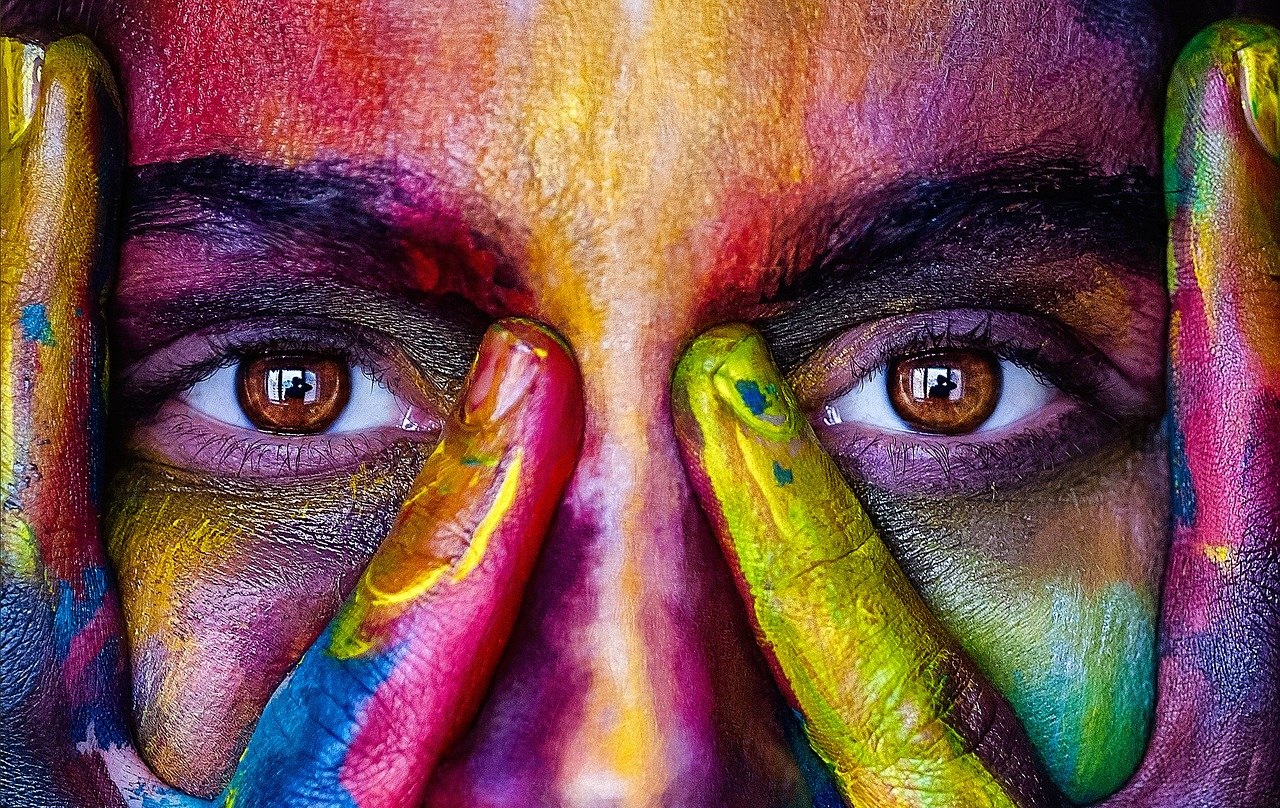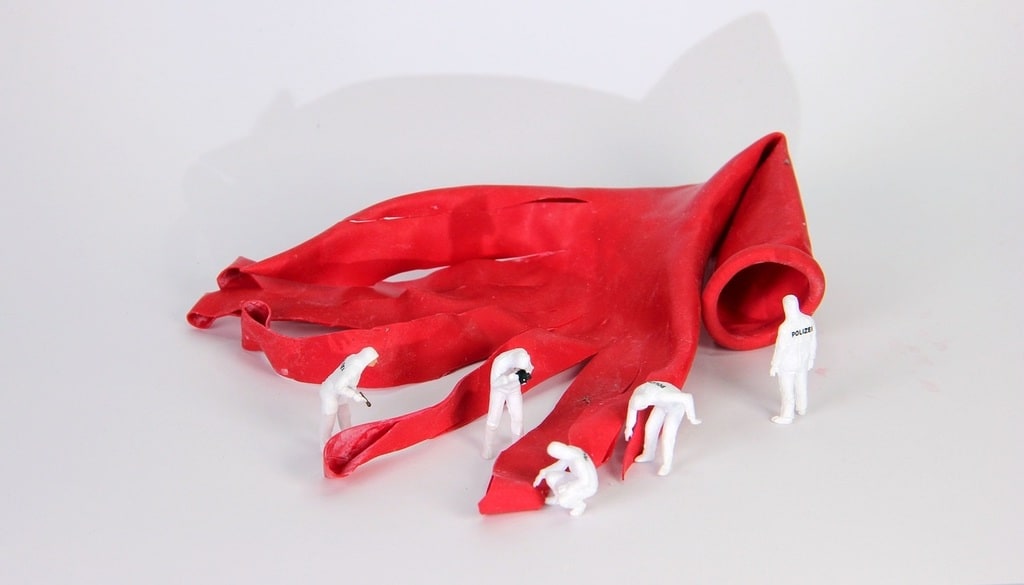How social sciences and art create change
The intersection of social sciences and art is a powerful catalyst for societal transformation. By bridging the gap between human experience and empirical research, both disciplines can influence public perception, challenge societal norms, and inspire collective action. Social sciences provide the theoretical frameworks and methodologies to understand human behavior, while art communicates these insights in a visceral, accessible manner. This synergy can initiate dialogue and encourage shifts in perspectives, ultimately leading to meaningful change.
Transformative Power of Social Sciences and Art
Social sciences, which encompass disciplines like psychology, sociology, and anthropology, delve into the intricacies of human behavior, identity, and social structures. These fields seek to explain why societies function the way they do and how individual actions contribute to broader social patterns. Art, on the other hand, has always been a medium of expression, reflecting the complexities of the human condition and challenging prevailing narratives. When combined, social sciences and art can create an environment where complex issues are explored and understood on multiple levels.
Art often serves as a reflection of societal issues, portraying themes such as inequality, mental health, and identity. For instance, paintings, literature, and theater can highlight the struggles of marginalized communities, bringing their experiences to a wider audience. This creates an emotional connection that purely academic research may lack. Through storytelling, metaphors, and symbolism, art communicates abstract social science concepts in a tangible and relatable form, making them more accessible and engaging.

Creating Empathy and Awareness Through Art
One of the most significant impacts of combining social sciences and art is the ability to foster empathy and awareness. Artistic representations of social issues allow audiences to see the world through the eyes of others, breaking down barriers of ignorance and prejudice. For example, visual art and performance can depict the psychological effects of trauma, shedding light on issues like war, domestic violence, and discrimination. These representations encourage viewers to question their assumptions and biases, leading to a deeper understanding of complex social phenomena.
Art also provides a voice to those who might otherwise remain unheard. By giving a platform to underrepresented groups, it challenges the dominant narratives that often shape public opinion. This can lead to greater social awareness and a willingness to engage with and support causes that address systemic injustices.
The Role of Social Sciences in Understanding Art’s Impact
Social sciences play a pivotal role in understanding how art influences society. Researchers use various methods, such as surveys, interviews, and case studies, to analyze how art affects people’s thoughts, emotions, and behaviors. This empirical approach helps in measuring the impact of artistic projects and understanding the psychological mechanisms behind these changes. For instance, studies have shown that exposure to socially engaged art can increase empathy, reduce prejudice, and inspire social activism.
These findings are not just theoretical; they have practical implications for how art can be used as a tool for social change. For example, art therapy is an application of this principle, where creative expression is used to help individuals process trauma, manage emotions, and develop a sense of identity. By integrating artistic methods into therapeutic and educational settings, social sciences can enhance their efficacy and reach.
How Art and Social Sciences Collaborate in Practice
There are numerous examples of successful collaborations between social scientists and artists. These partnerships often result in powerful projects that both educate and inspire action. Here are some key ways in which these collaborations manifest :
- Community Projects: artists and social scientists often collaborate on community-based projects, such as murals, theater performances, or workshops, that address local social issues.
- Educational Programs: integrating art into educational curricula helps students grasp complex social science concepts through experiential learning, fostering a more profound understanding.
- Public Exhibitions: art exhibitions based on social science research can reach a broad audience, making academic findings more accessible and engaging.
Such initiatives demonstrate the potential for these fields to work together, each enhancing the other’s impact.
Shaping Future Societal Narratives
Art and social sciences have the capacity to shape the narratives that define societal values and beliefs. Through critical examination and creative expression, they challenge the status quo and envision new possibilities for the future. This collaborative effort is especially evident in movements for social justice, where both disciplines work to deconstruct harmful stereotypes and advocate for systemic change.
In shaping these narratives, artists and social scientists not only address current issues but also anticipate and respond to future challenges. For example, they can explore the social implications of technological advancements, environmental changes, or shifting cultural norms. By doing so, they help societies prepare for and adapt to new realities.
The synergy between social sciences and art is more than just an academic exercise; it is a vital tool for fostering social cohesion and progress. Through their unique strengths, these disciplines can continue to inspire change, encouraging societies to think critically, act compassionately, and dream boldly.
